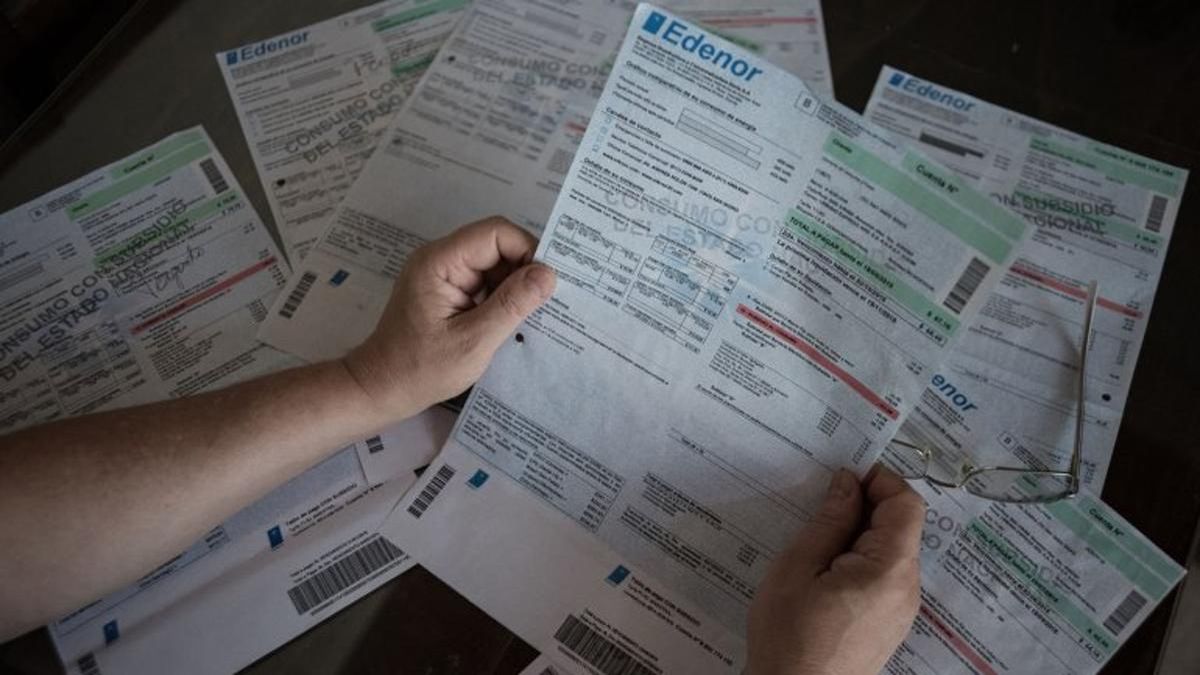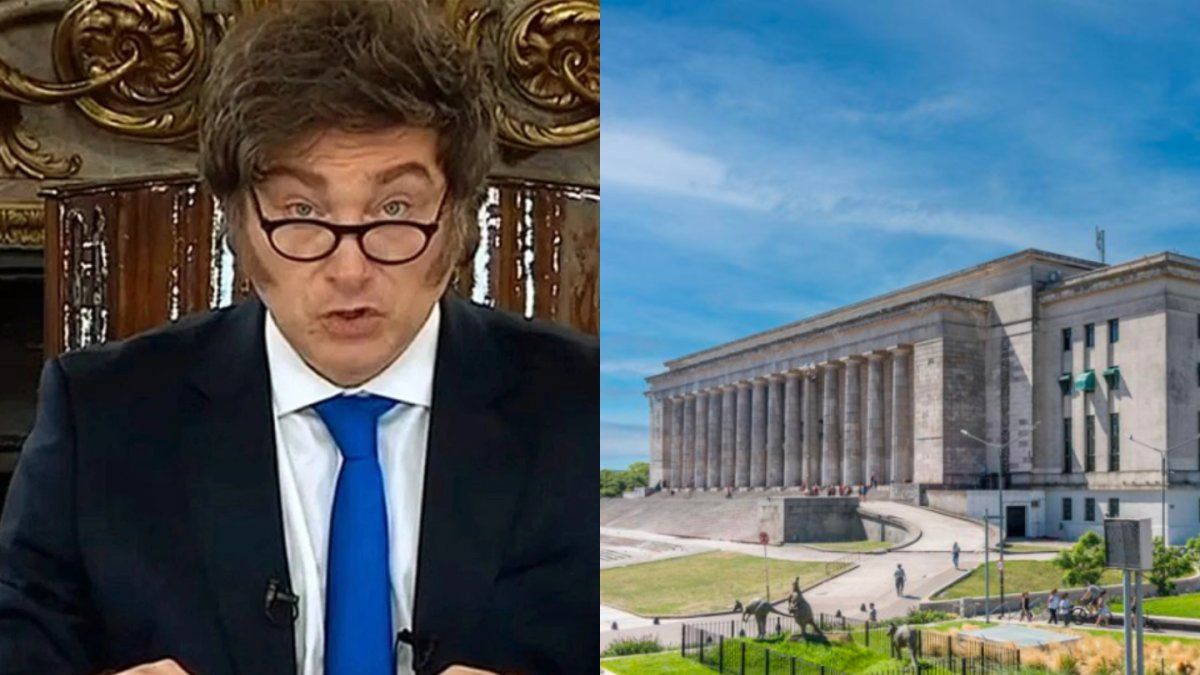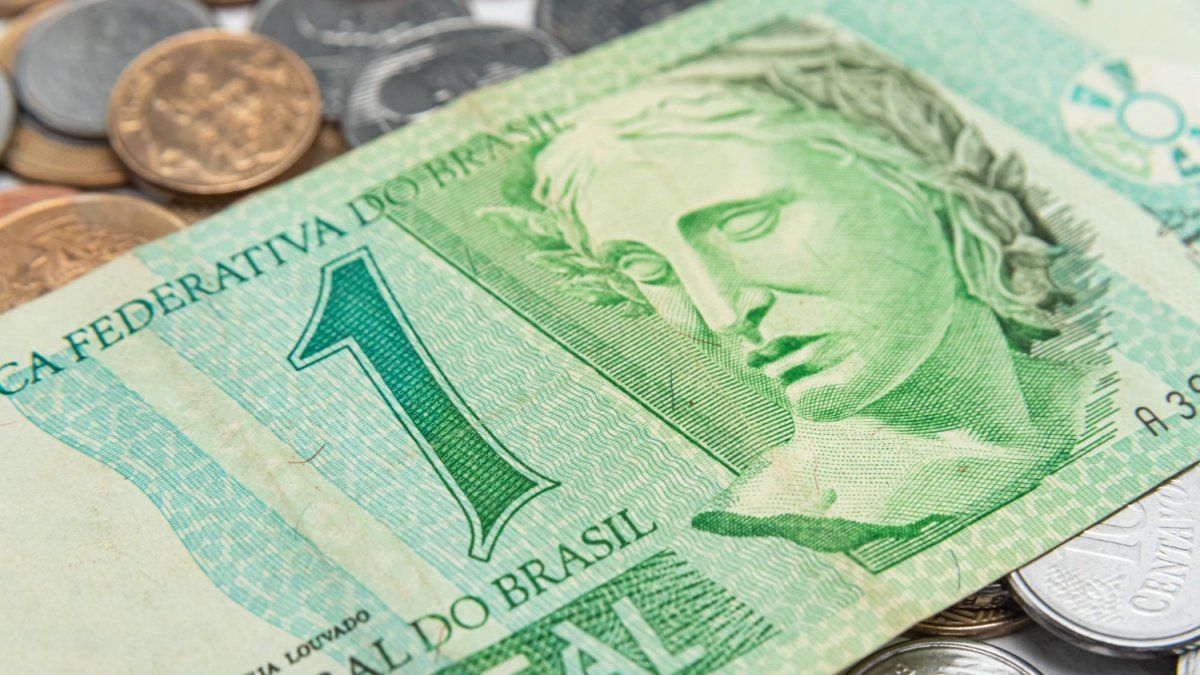Argentina faces a Trilemma between the level of subsidies, the recomposition of the population’s purchasing power and the need to reach an agreement with the IMF, says the latest report on Energy & Economy prepared by the consulting firm led by the economist Emanuel Alvarez Agis.
Remember that the rate policy carried out over the last few years left electricity and natural gas rates practically unchangedin a context of an annual average inflation of almost 47% in the last three years.
In this way, the reduction in the relative price of public services led to a progressive increase in energy subsidies that exceeded 11,000 million dollars in 2021, equivalent to 2.3% of GDP. They had a rise of 77% compared to 2020 and 131% more than in 2019.
The landscape is complicate in the current year due to the increase in international prices of energy products, “particularly natural gas, it will imply a significant increase in the level of subsidies”.
It foresees that the lower supply of natural gas by Bolivia, the increase in import prices of LNG and the drought that negatively affects the generation of electrical energy of hydraulic origin subsidies will increase by at least 0.6% of GDP during 2022.
Energy subsidies graphic.jpg
These factors will lead to a deterioration in the energy trade balance: Imports of natural gas and liquid fuels for electricity generation will increase during 2022 by more than 2,650 million dollars compared to last year.
scenarios
Even in a relatively optimistic macroeconomic scenario, with an average annual depreciation of +31.2% and a variation in the level of domestic prices of +51.4% in the year, With an increase in electricity and natural gas rates of +20% in March 2022, energy subsidies would rise above 14,000 million dollars during 2022compute pxq.
In this stage “energy subsidies would represent 2.4 percentage points of GDP, a value similar to the total primary deficit “agreed” with the IMF”.
The consultant also suggests that “an alternative scenario –consistent with the agreement with the IMF– would require that energy subsidies do not exceed 1.9 percentage points of GDP.” But for this “an increase in electricity rates of +79% and +81% in the case of natural gas is required”. Although, he warns, “It is a scenario, at least, complex in the current economic and social context.”
The paper concludes by pointing out that, beyond the fiscal discussion, “the central problem of the current tariff policy is centrally distributive”. And it specifies that “Last year the National State allocated 1.3% of GDP in assistance programs to the lower-income sectors, while it spent 2.3% of GDP in subsidizing the value of energy, allocating a significant proportion of them to encourage consumption in the sectors with the highest purchasing power..
Source: Ambito
David William is a talented author who has made a name for himself in the world of writing. He is a professional author who writes on a wide range of topics, from general interest to opinion news. David is currently working as a writer at 24 hours worlds where he brings his unique perspective and in-depth research to his articles, making them both informative and engaging.




